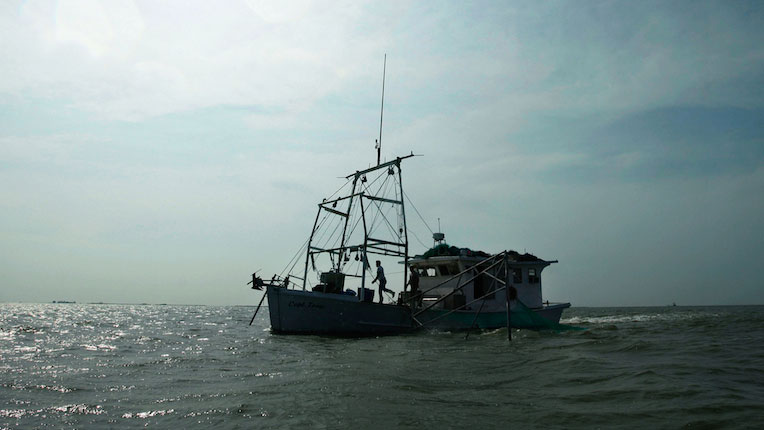Expanding Marine Protection

Marine protected areas have been effective as a means to conserve biodiversity and enhance the resilience of fish stocks in the face of harvest pressures.
Another significant initiative would gradually reorganize—or in some cases organize—how Americans benefit from resources in federal waters. Scientists and policy advocates use the phrase “coastal and marine spatial planning” to describe a suite of technologies, best practices, and inter-industry networking to optimize the use of resources for all. In the Gulf of Mexico, where the oil and gas industry has a very large presence, marine spatial planning can help lead to better oversight, and in the event of an accident, better communication among all users.
More a management or governance strategy than a discrete program, marine spatial planning is evolutionary in nature. The Department of the Interior is already charged to manage energy resources on the outer continental shelf in a way that is, among other requirements, "consistent with the need . . . to balance orderly resource development with protection of the human, marine, and coastal environments." Proponents expect federal and statewide marine spatial planning to bring together agencies, jurisdictions, and communities to share information and best practices—and in so doing, better balance the many interests on and beneath the water.
